PROJECTS
PROJECTS
NICARAGUA, North Atlantic Autonomous Region (RAAN)
Sustainable Oil Palm Plantation
3,500 ha/8,645 ac/800,000 Trees
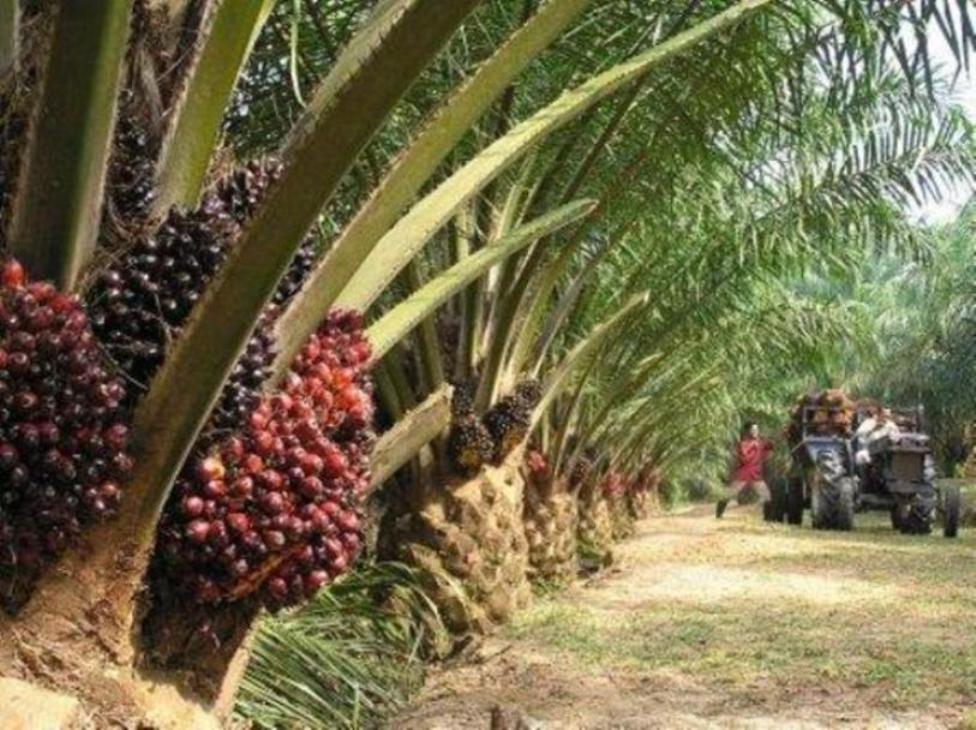
Commercial Oil Palm Plantations offer an unequaled investment opportunity in Latin America, primarily because of the vast amount of suitable land well situated within the highly desired Oil Palm ‘LATITUDE BELT’(150 North to 150 South of the Equator).
NICARAGUA, North Atlantic Autonomous Region (RAAN)
3,500 ha (8,645 acres) Sustainable Oil Palm Plantation - 800,000 Trees

Commercial Oil Palm Plantations offer an unequaled investment opportunity in Latin America, primarily because of the vast amount of suitable land well situated within the highly desired Oil Palm ‘LATITUDE BELT’(150 North to 150 South of the Equator).
Oil Palm Plantation

Oil Palm (Elaeis guineensis) is a tropical tree crop which is mainly grown for its industrial production of vegetative oil. It is a typical estate crop, grown and harvested over large uniform areas 3,000 to 5,000 hectares (2.47 acres per hectare) around a central oil mill to allow for rapid industrial handling after harvesting.
Oil Palm (Elaeis guineensis) is a tropical tree crop which is mainly grown for its industrial production of vegetative oil. It is a typical estate crop, grown and harvested over large uniform areas 3,000 to 5,000 hectares (2.47 acres per hectare) around a central oil mill to allow for rapid industrial handling after harvesting.

Nursery

Nursery operations are 12 months from seed germination to seedling to transplanting into the field. The planting arrangement provides 148-156 trees/ha in a closely packed arrangement and standard pitch is 9m center to center.

Nursery operations are 12 months from seed germination to seedling to transplanting into the field. The planting arrangement provides 148-156 trees/ha in a closely packed arrangement and standard pitch is 9m center to center.
Young Trees
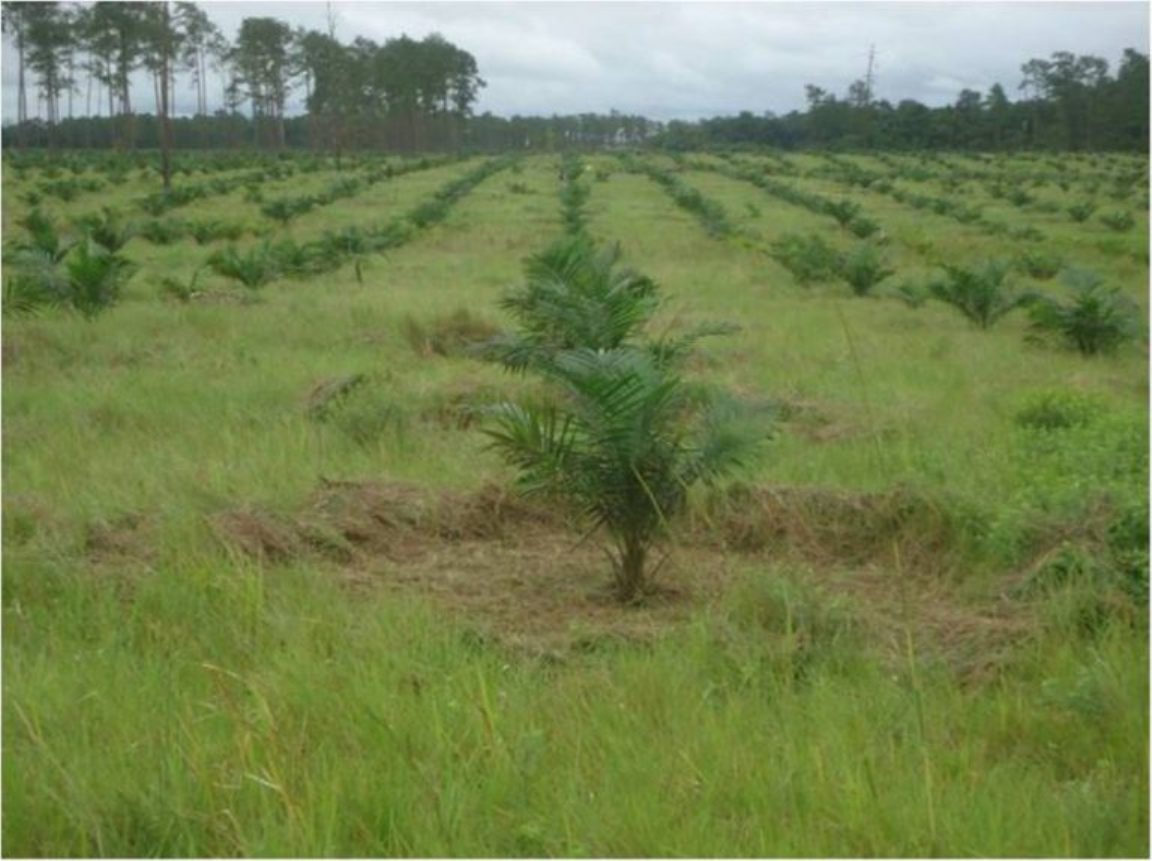
Oil palms begin producing after 24-30 months (special seed cultivation has reduced this to 18 months) but the industry standard is 30 months until first harvest. During the first 4-8 years of production, yield is a fraction of a mature plant and after four years averages yields of 3.3–3.69 Crude Palm Oil (CPO) tons/ha/year. Efficient plantations yield rises to peak production of 7-9 CPO tons/ha/year after year 8.
Young Trees
Oil palms begin producing after 24-30 months (special seed cultivation has reduced this to 18 months) but the industry standard is 30 months until first harvest. During the first 4-8 years of production, yield is a fraction of a mature plant and after four years averages yields of 3.3–3.69 Crude Palm Oil (CPO) tons/ha/year. Efficient plantations yield rises to peak production of 7-9 CPO tons/ha/year after year 8.

Take a quick trip around the perimeter of the Plantation
Take a quick trip around the perimeter of the Plantation
Sustainability

The Roundtable on Sustainable Palm Oil (RSPO) has been transforming the palm oil industry in collaboration with the global supply chain, to put it on a sustainable path.
The Roundtable on Sustainable Palm Oil (RSPO) has been transforming the palm oil industry in collaboration with the global supply chain, to put it on a sustainable path.

Palm Oil Mill and Power Generating Project
Palm Oil Mill and Power Generating Project
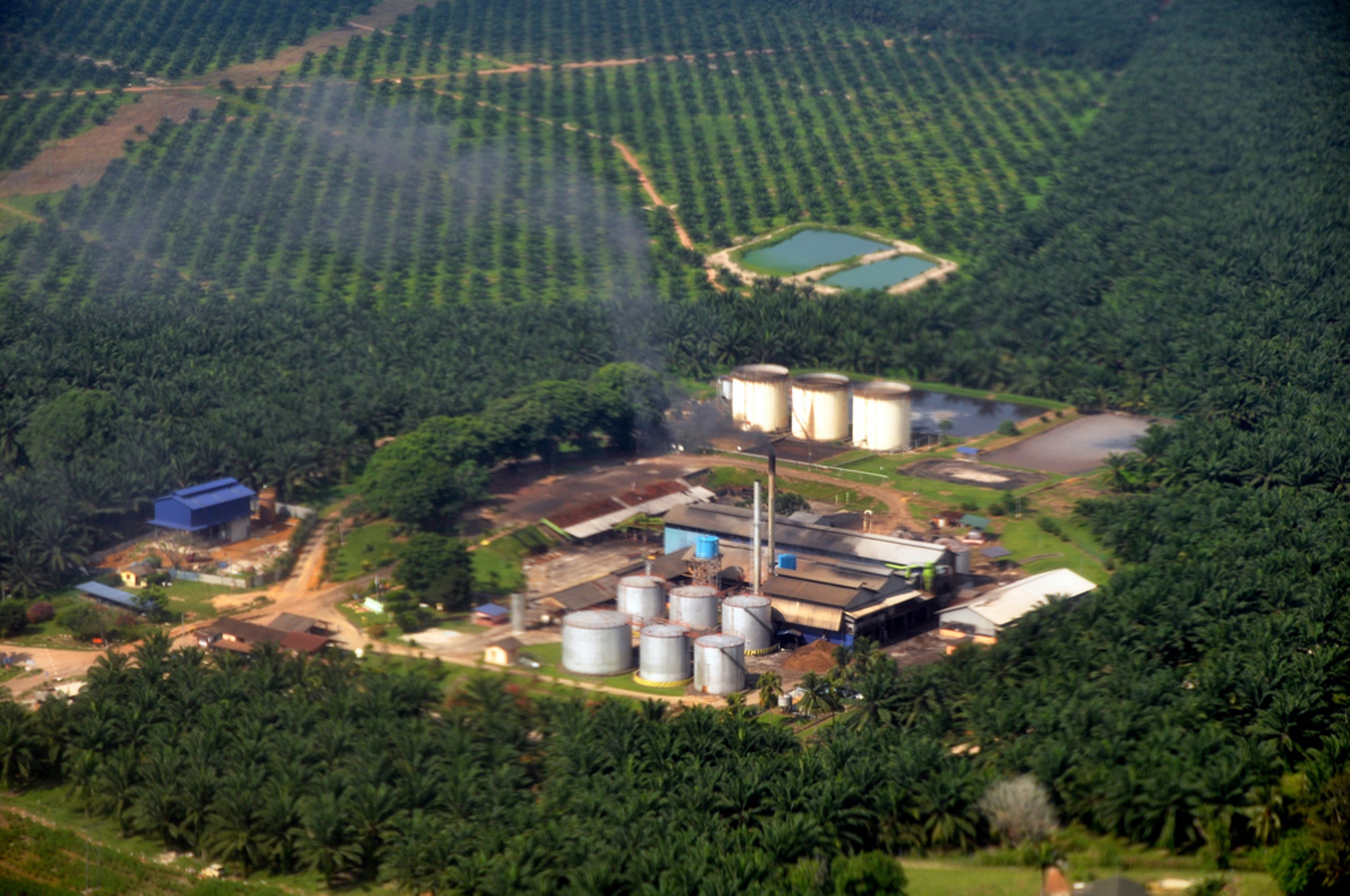
Fresh Fruit Bunches (20-25kg) once harvested must be treated in an oil mill within 24 hours of harvest to maintain freshness and quality. FFB are steamed under high pressure to sterilize, loosen and soften before being stripped from the stalks and mechanically pressed to extract oil. No solvents are used.

Fresh Fruit Bunches (20-25kg) once harvested must be treated in an oil mill within 24 hours of harvest to maintain freshness and quality. FFB are steamed under high pressure to sterilize, loosen and soften before being stripped from the stalks and mechanically pressed to extract oil. No solvents are used.
NICARAGUA, North Atlantic Autonomous Region (RAAN)
On September 4, 2007, "Hurricane Felix" a Category 5 hurricane, ploughed into the Mosquito Coast region of Nicaragua, with 160 mph winds. Felix left behind a swath of destruction that leveled a significant portion of virgin rain forest.
NICARAGUA, North Atlantic Autonomous Region (RAAN)
On September 4, 2007, "Hurricane Felix" a Category 5 hurricane, ploughed into the Mosquito Coast region of Nicaragua, with 160 mph winds. Felix left behind a swath of destruction that leveled a significant portion of virgin rain forest.
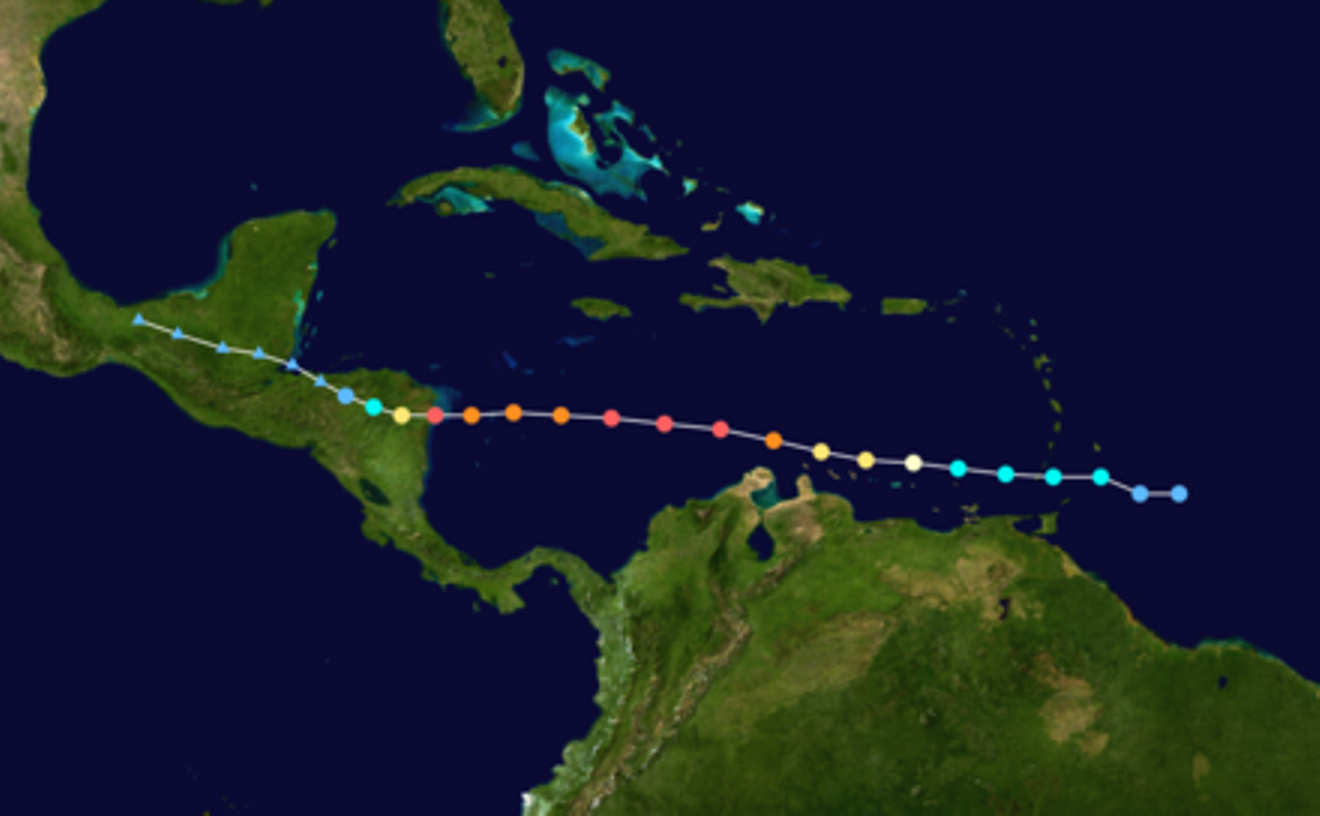
3,700,000 acres of bio-diverse tropical forests were impacted by Category 5 Hurricane 'Felix'
3,700,000 acres of bio-diverse tropical forests were impacted by Category 5 Hurricane 'Felix'

Before Felix
After Felix
The “Nicaragua Timber Project” (NTP) holds the rights to extract 1.04 Million Cubic Board Meters (CBM) of Rain Forest Hardwood Timber on 125,000 acres.
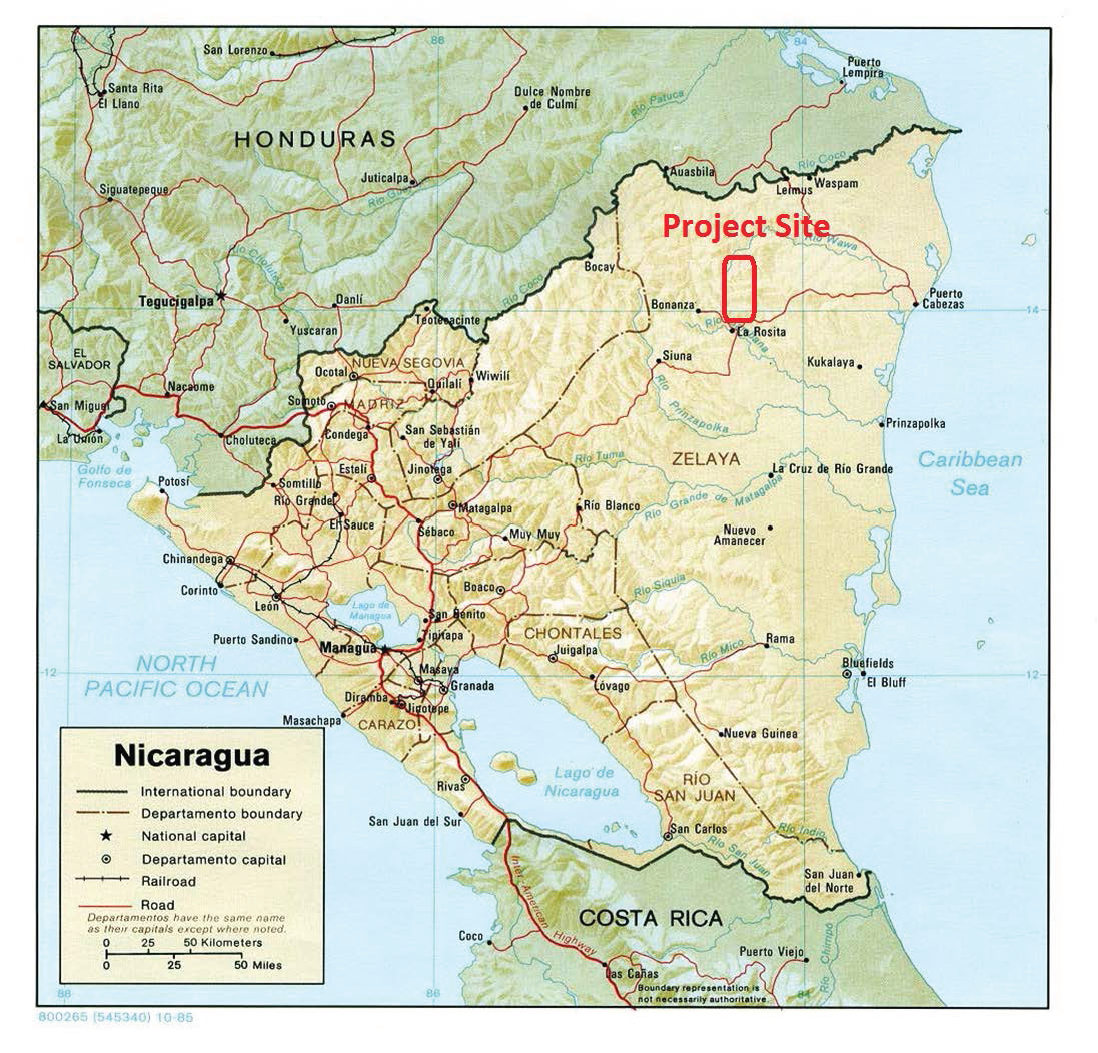
NTP is loacted in the RAAN Region of Nicaragua NTP is positioned to apply for an additional 30 Million (CBM).

Nicaraguan Timber Project (NTP) is loacted in the RAAN Region of Nicaragua and encompasses 125,000 acres of privately owned lands.
NTP is positioned to apply for up to 30 Million (CBM) of additional timber extractions.
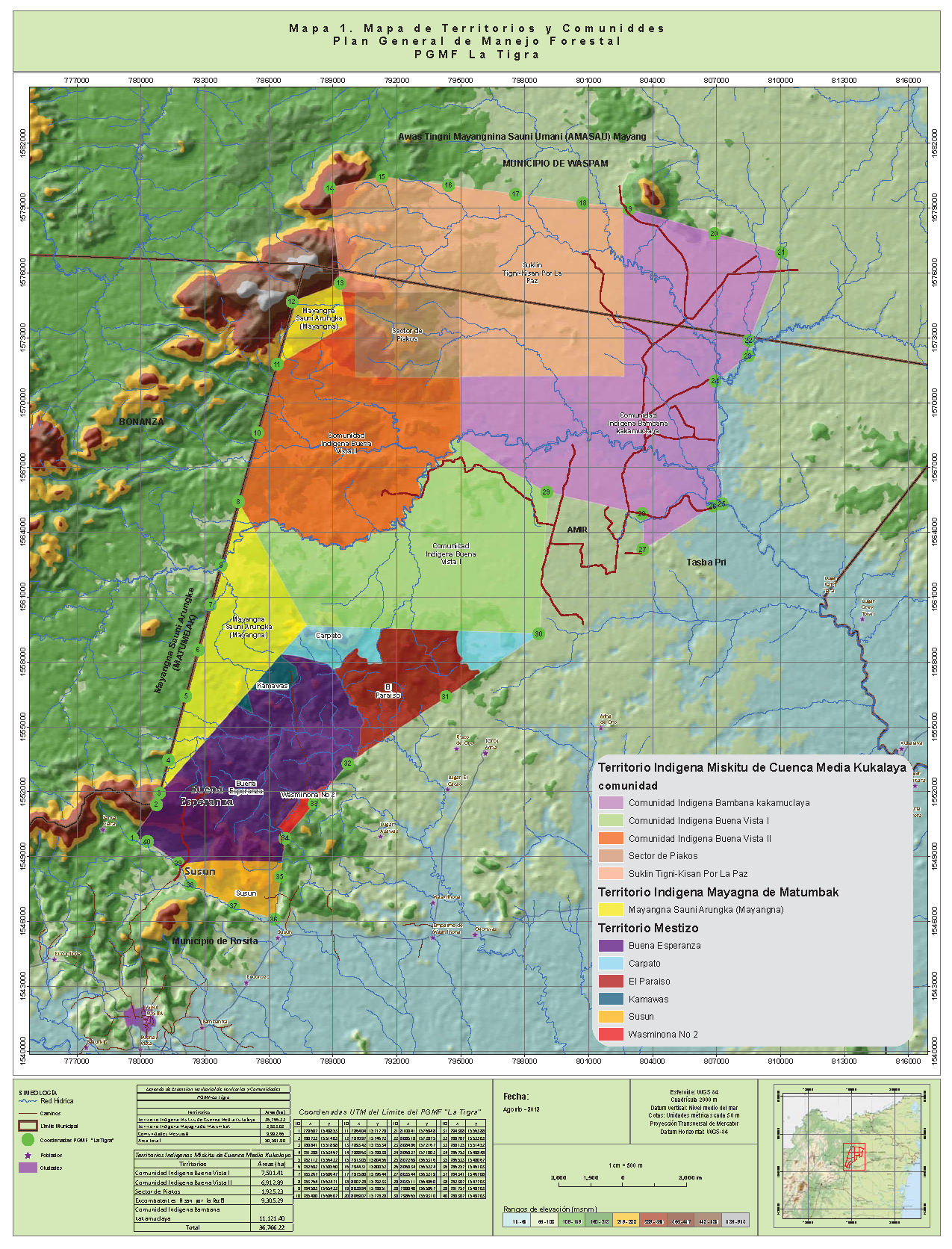
NTP has successfully secured all the required Government Agreements, Permits, Incorporation Documents, CITES Registration (Convention on International Trade in Endangered Species of Wild Fauna and Flora), Export Authorizations and General Extraction Plan, with GPS mapping and species data on each tree within their extraction block.
NTP has successfully secured all the required Government Agreements, Permits, Incorporation Documents, CITES Registration (Convention on International Trade in Endangered Species of Wild Fauna and Flora), Export Authorizations and General Extraction Plan, with GPS mapping and species data on each tree within their extraction block.

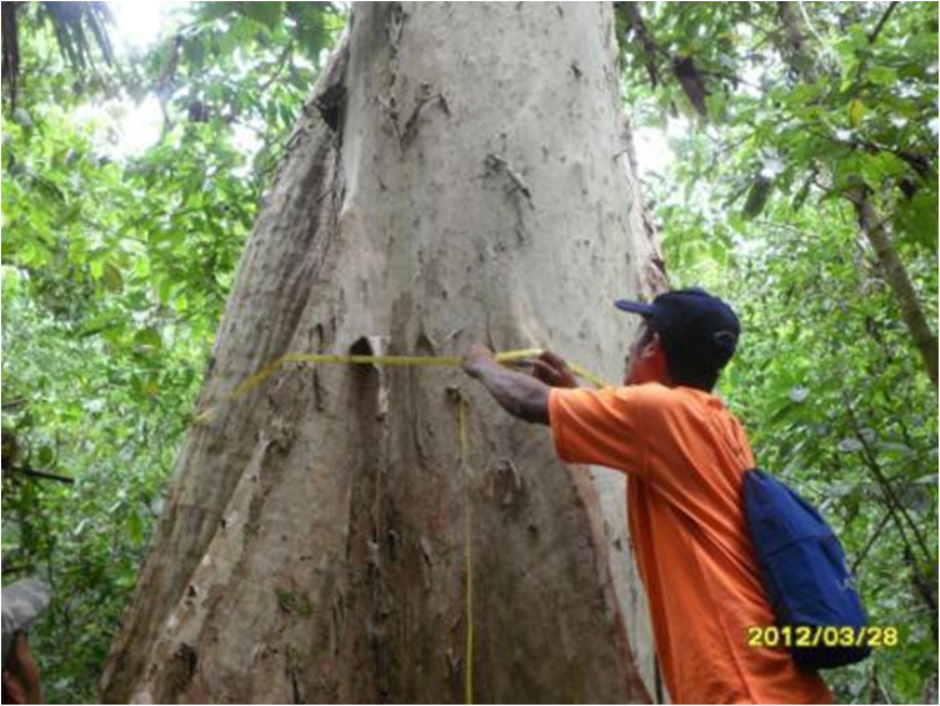
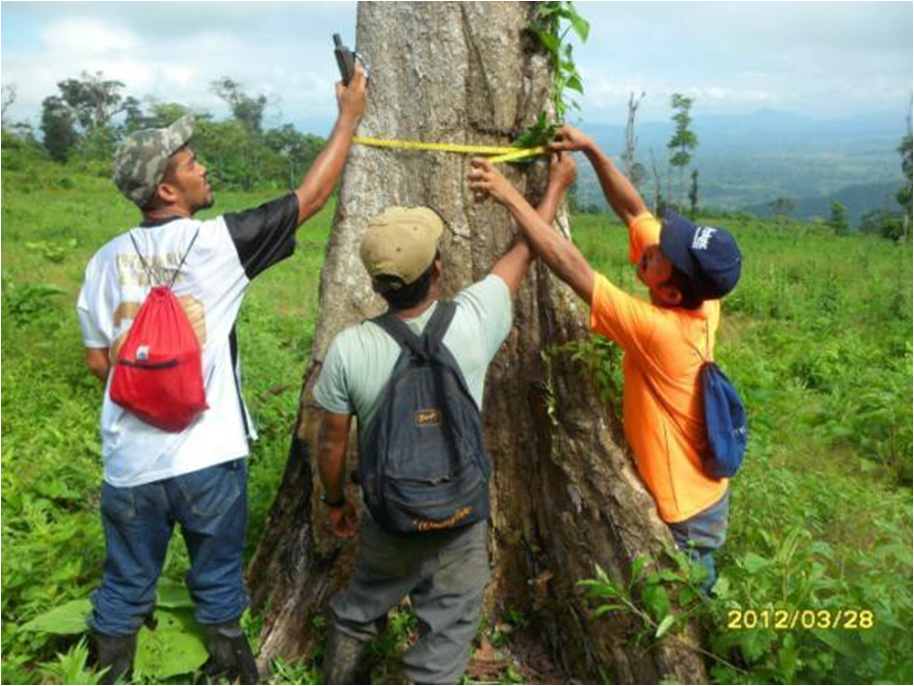
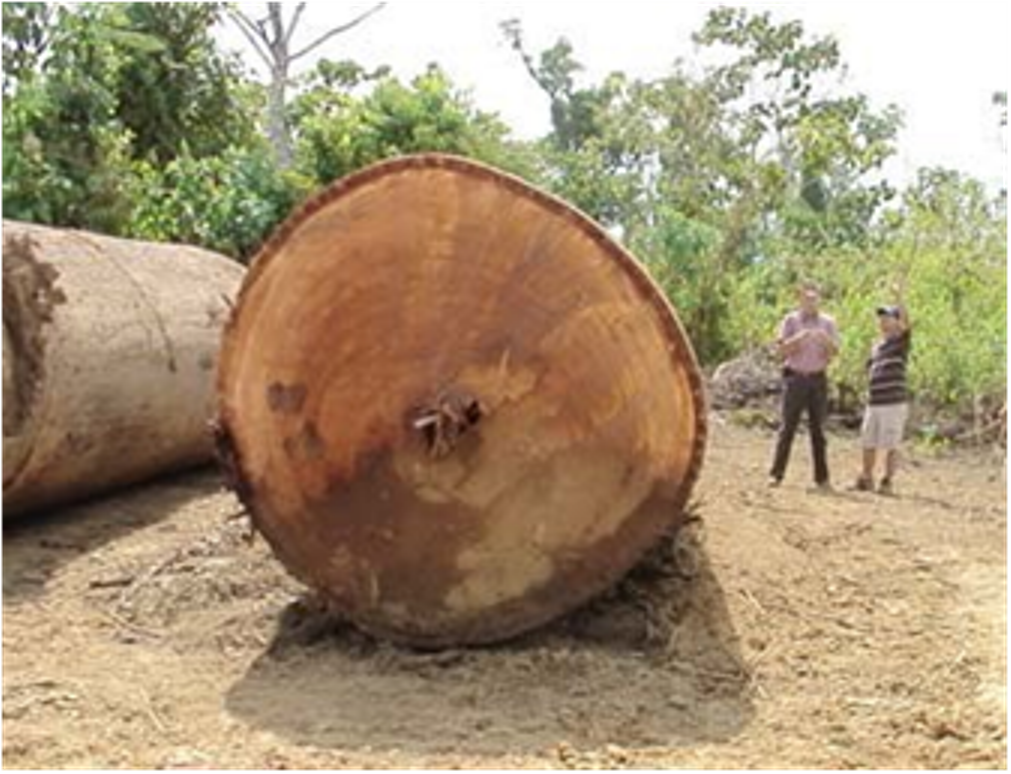
The General Extraction Plan (GPE) authorizes NTP to harvest and extraction of 1.04 Million CBM (442,907,000 BF)
The General Extraction Plan (GPE) authorizes NTP to harvest and extraction of 1.04 Million CBM (442,907,000 BF)

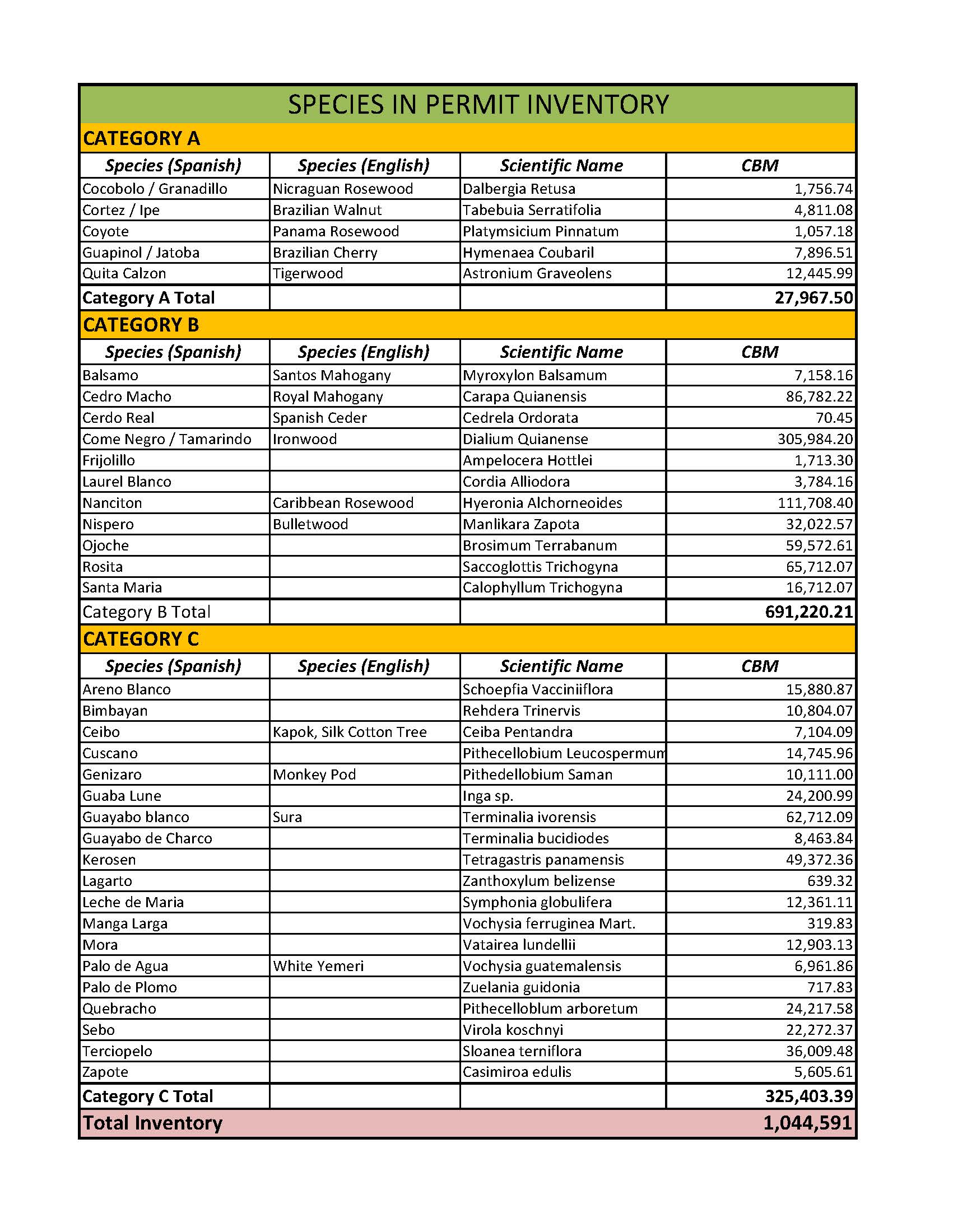
NTP’s existing permit authorizes the harvest and extraction of 37 species totaling 1.04 million CBM.
NTP's designated permit area encompasses 125,000 acres and contains a total of 4 Million (CBM) of Timber.
NTP is positioned to apply for up to 30 Million (CBM) of additional timber extractions.

NTP’s existing permit authorizes the harvest and extraction of 37 species totaling
1.04 million CBM.
NTP's designated permit area encompasses 125,000 acres and contains a total of
4 Million (CBM) of Timber.
NTP is positioned to apply for up to 30 Million (CBM) of additional timber extractions.
» Contact Us for more information.

'Crude for Food' Trading Platform
We developed a customized trading platform designed specifically to deliver Food and Commodities in exchange for Venezuela Crude and Oil Products. The 'Crude for Food' Platform is designed to mitigate Venezuela's credit and cash shortfalls.
» Contact Us for more information.
WE OFFER PROJECT INVESTMENT OPPORTUNITIES